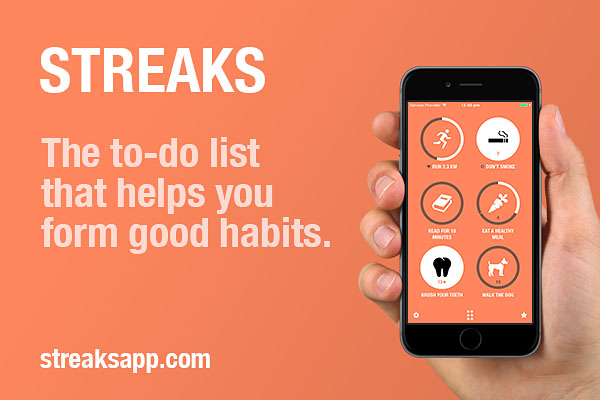Well, not really. They can only bust the cap using exceptions. These are generally designed so that teams can retain their existing players rather than poach new ones. The exceptions are (from Wikipedia, with edits):
Mid-level exception - Once a year, teams are allowed to sign a player to a contract equal to the average NBA salary, even if the team is over the salary cap already, or if the signing would put them over the cap. ... available to any team that exceeds the salary cap at the beginning of the offseason.
Bi-annual exception - can be used to sign players for up to two years, with raises limited to 8% per year.
Rookie exception - The NBA allows teams to sign their 1st-round draft choices to rookie "scale" contracts even if their payroll exceeds the cap.
Larry Bird exception - ... allows teams to exceed the salary cap to re-sign their own free agents, at an amount up to the maximum salary. To qualify as a Bird free agent, a player must have played three seasons without being waived or changing teams as a free agent.
Early Bird exception - similar to the Bird exception. Using this exception, a team can re-sign its own free agent for either 175% of his salary the previous season, or the NBA's average salary, whichever is greater.
Non-Bird exception - no duration of contract, but smaller boost over previous salary.
Minimum Salary Exception: Teams can sign players for the NBA's minimum salary even if they are over the cap, for up to two years in length. No limit to the number of players acquired this way.
Traded Player Exception: If a team trades away a player with a higher salary than the player they acquire in return ... they receive what is called a Traded Player Exception ... Teams with a trade exception have up to a year in which they can acquire more salary in other trades ... than they send away, as long as the gulf in salaries ... are less than or equal to the difference in salary for Trade #1.
Disabled Player Exception: Allows a team that is over the cap to acquire a replacement for a disabled player who will be out for either the remainder of that season (for in-season injuries/deaths) or the next season (if the disability occurs during the offseason). The maximum salary of the replacement player is either 50% of the injured player's salary, or the average salary, whichever is less.
Note that while teams can often use one exception to sign multiple players, they cannot use a combination of exceptions to sign a single player.






